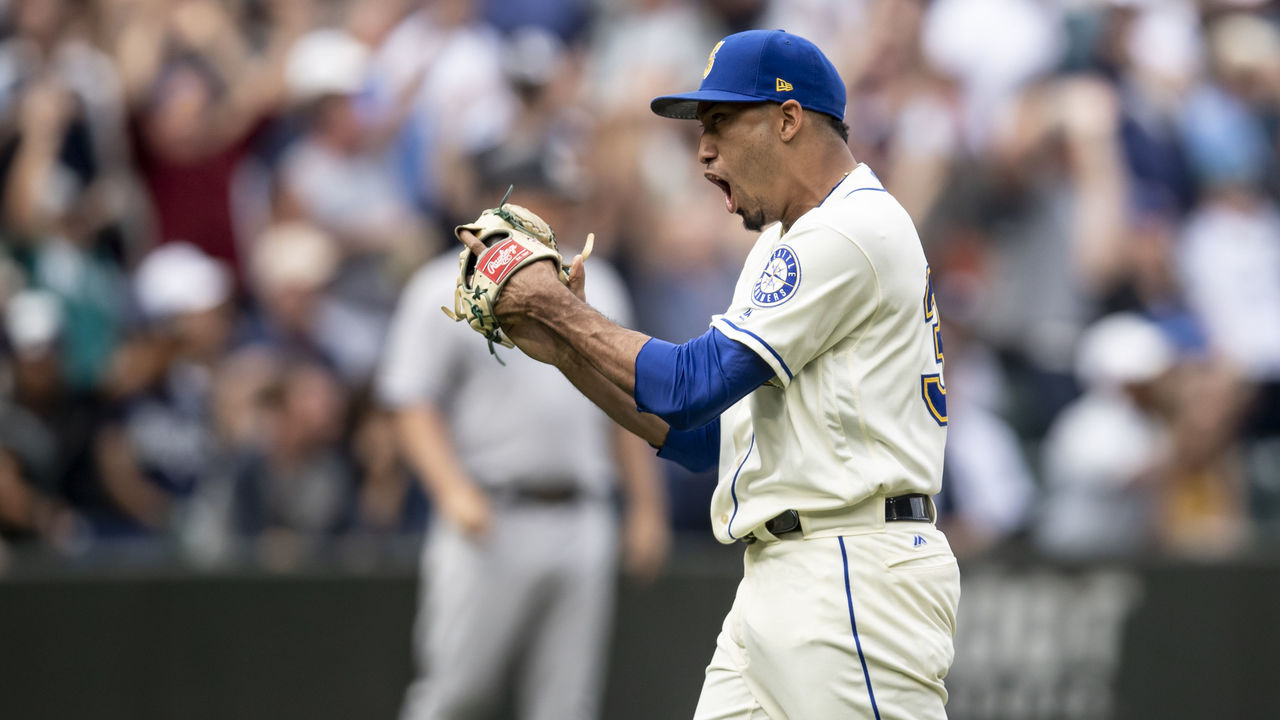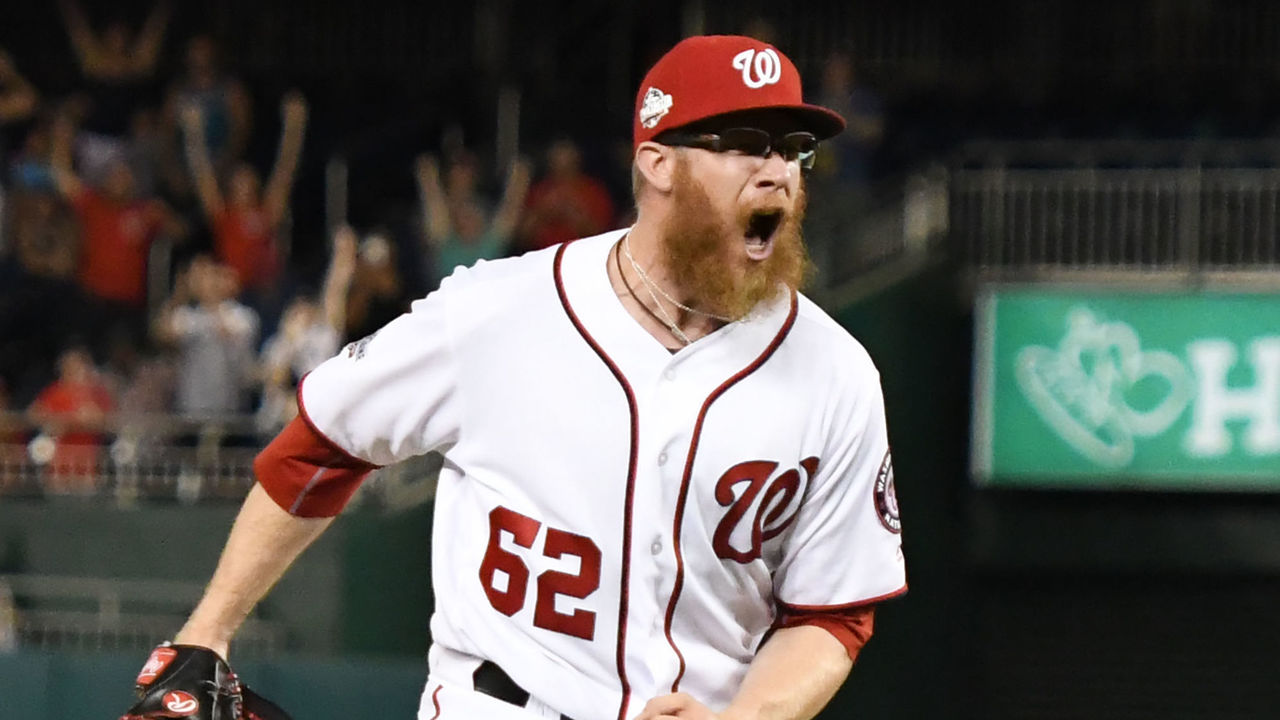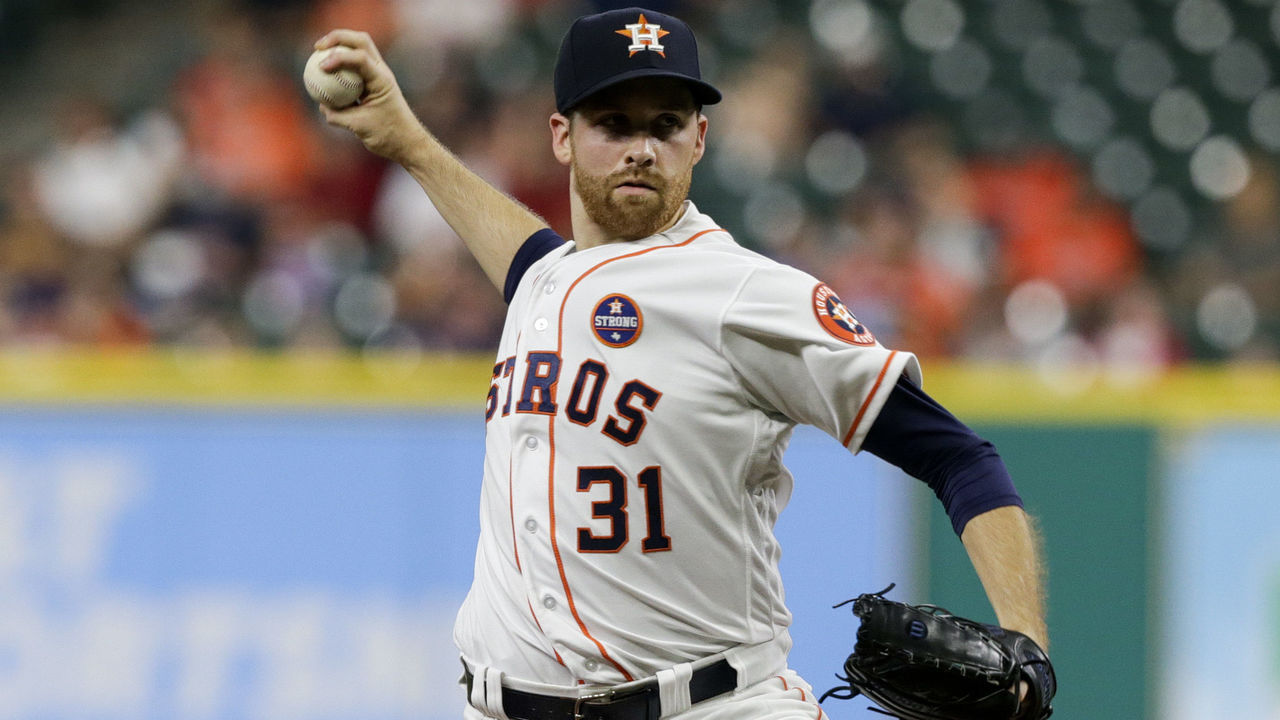Fantasy: How to draft your bullpen
The biggest crapshoot in fantasy baseball, year in and year out, is building a bullpen.
In standard leagues, saves remain the most important statistic for relievers, putting a premium on closers and subsequently making for slim pickings among bullpen arms. Other leagues have introduced holds or a combination of saves plus holds to make middle relievers a bit more valuable and deepen the talent pool, but that's not yet the norm.
So how should you approach your relief corps? There are several avenues of thought on the matter, and your mileage may vary. The important thing is to have a plan.
Average Draft Position courtesy FantasyPros as of March 10.
Go big or go home

Everyone who has played fantasy baseball knows that relief pitchers offer the least overall value and are the most erratic players available on draft day. However, the relative scarcity of high-end relievers causes panic if they start evaporating.
One way to avoid the annual rush for closers is to start it. New York Mets closer Edwin Diaz, the major-league leader with 57 saves in 2018, is predictably the first reliever going in most drafts with an ADP of 49 (fourth or fifth round). Diaz is followed by Blake Treinen (ADP of 61), Kenley Jansen (64), Aroldis Chapman (71), Craig Kimbrel (76), Roberto Osuna (79), Brad Hand (84), and Felipe Vazquez (87).
With each of those pitchers typically being selected between rounds four and seven, there is a major crunch on star closers. Take two of them. Ideally, you start with one of the top three relievers and complement him with any of the others available. This way, you lock up a proven closer and are prepared in case one gets injured or is ineffective.
Space it out

Alternately, if spending two early picks on relievers is too hefty a price but you still want an elite bullpen arm, wait a couple rounds for your second closer. Grab one of the top names mentioned above and hold out until Raisel Iglesias (111), Sean Doolittle (104), or Kirby Yates (110) is set to be taken.
It may be even more appealing to further bolster your bullpen with a low-end reliever in line to grab saves, like the Detroit Tigers' Shane Greene (234) or the Miami Marlins' Drew Steckenrider (314), for added insurance.
Scrape the bottom of the barrel

If you miss out on a top closer because you don't want to pay a premium for a player who only significantly impacts one category, dedicate the back end of your draft to the back end of your pitching staff.
This is the approach I deployed in theScore's 12-team mock draft. Instead of reaching for Iglesias (who may not even be the permanent closer in Cincinnati) or Doolittle (who has a lengthy injury history), I waited and took Jose Alvarado (181), Mychal Givens (239), and Steckenrider.
If they get injured or are ineffective, they're far easier to cut in order to pursue different avenues. Filling out your relief corps with mid-round closers like Wade Davis (122), David Robertson (147), and Cody Allen (164) - or pairing one of them with a couple of bottom-feeders - is less ideal. These players are harder to cut, nearly impossible to trade for anything of value, and will eat up roster space while barely contributing.
Don't panic. Wait, and be ready to cut bait at the first sign of trouble.
It's only one category

Punt the saves category. This tends to work better in head-to-head and points-based leagues over rotisserie, but it can be used to better address strikeouts and wins.
Instead of closers, target high-volume relief pitchers or players who are set to serve as starters in 2019 after mostly coming out of the bullpen in 2018. Houston Astros right-hander Collin McHugh (223) is poised to enter the season with a job in the rotation. Likewise, Los Angeles Dodgers hurler Ross Stripling (216) could get an extended look, depending on Clayton Kershaw's health.
Past that, Ryan Yarbrough (341) shoulders a starter's workload while piggybacking off Tampa Bay Rays openers, and one or both of Corbin Burnes (340) and Brandon Woodruff (333) will be starters for the Milwaukee Brewers.
You shouldn't force it just because you feel you need saves. Relievers are volatile and jobs aren't guaranteed. You can play the wire to supplement saves throughout the season. And if you time it right, you can throw a wrench into a rival's plans if you snake their backup at the opportune moment.